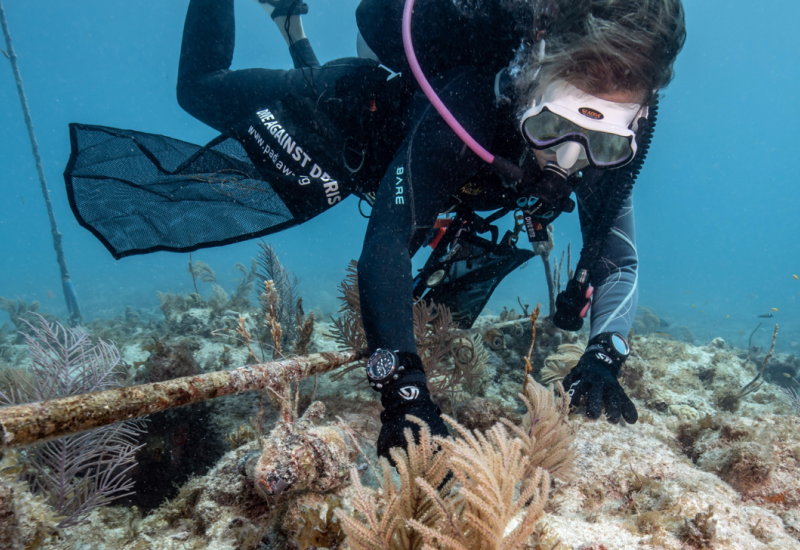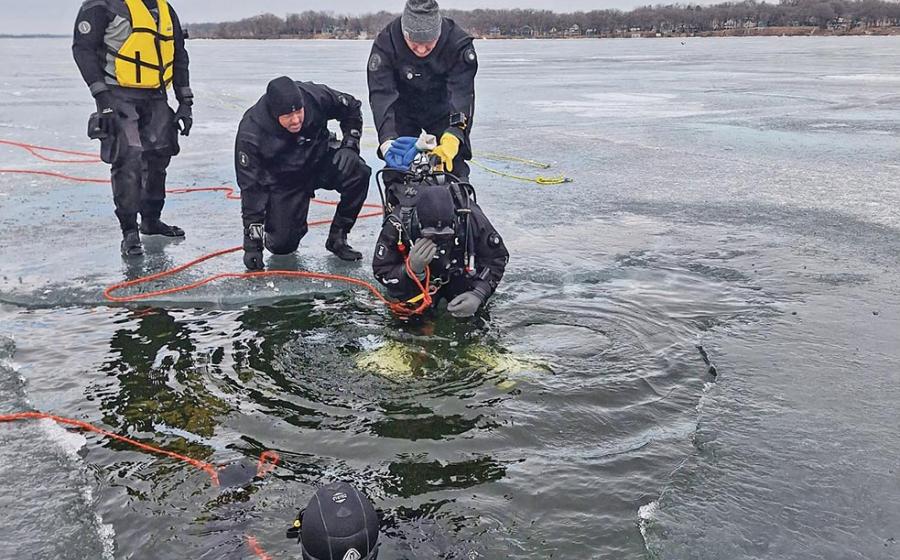Are North American Right Whales on the Brink of Extinction?

Christin Khan, NOAA-NMFS Permit 18786NOAA scientists took this photo of a mother and calf right whale during an annual aerial survey for right whales.
The National Oceanic and Atmospheric Association (NOAA) has asked for more help from fishermen to save the North Atlantic right whale (Eubalaena glacialis) from extinction, along with receiving assurances from Canadian officials that the 12 whale deaths this year in the Gulf of St. Lawrence will not occur again.
“This is a crisis,” said John Bullard, the outgoing regional administrator of NOAA's Greater Atlantic Regional Fisheries Office, last week at a New England Fishery Management Council meeting. “You do have to use the ‘extinction’ word," said Bullard. "That’s what we’re looking at with the trend lines where they are.”

NOAAIn 2017, North Atlantic right whale mortalities have occurred primarily in Canada. A total of 17 confirmed dead stranded whales (12 in Canada; 5 in the U.S.), and five live whale entanglements in Canada were documented last year.
According to NOAA's latest 5-year Status Review on right whales, NOAA's recommendations for preventing extinction of the species are critical. The animals' "low rate of reproduction, longer calving intervals, declining population abundance, continued human-caused mortality, changes in prey availability, increased trans-boundary movement and risk, and uncertainty regarding the effectiveness of conservation regulations" are all threats facing North American right whales.
Bullard and other NOAA officials made the comments during a meeting in December 2017 of the regulatory New England Fishery Management Council. Mark Murray-Brown, an Endangered Species Act consultant for NOAA, said right whales have been declining in abundance since 2010, with females hit harder than males.
The animals give birth in temperate southern waters and then head to New England and Canada every spring and summer to feed. All of the 2017 deaths were off New England and Canada.

NOAATwo right whales are blowing at the surface.
It is believed that right whales live at least 50 years, but there are is little data on the species’ longevity. Scientists can’t use cross-sections of their teeth to determine their age because right whales have no teeth — only baleen. Instead, scientists use ear bones and, in some cases, eye lenses to estimate age in right whales after they have died.
"We know little about the pre-whaling population of North Atlantic right whales, but researchers believe that there were more than 1,000 whales, and possibly near 20,000," according to NOAA's website. "Today, our most recent estimate is about 458 whales, which is up from around 270 in 1990, but has shown a consistent decline since the 2010 estimate of 483. With so few animals in the population, each one is important to the recovery of the species."
READ MORE: Blunt force trauma caused the deaths of North American right whales
NOAA's recommendations include protecting the species by developing a long-term plan for monitoring the population trends and habitat use and studying the impact of commercial fishing on right whales.
"It is getting worse almost by the day," Bullard told the Council. "This is a crisis."










